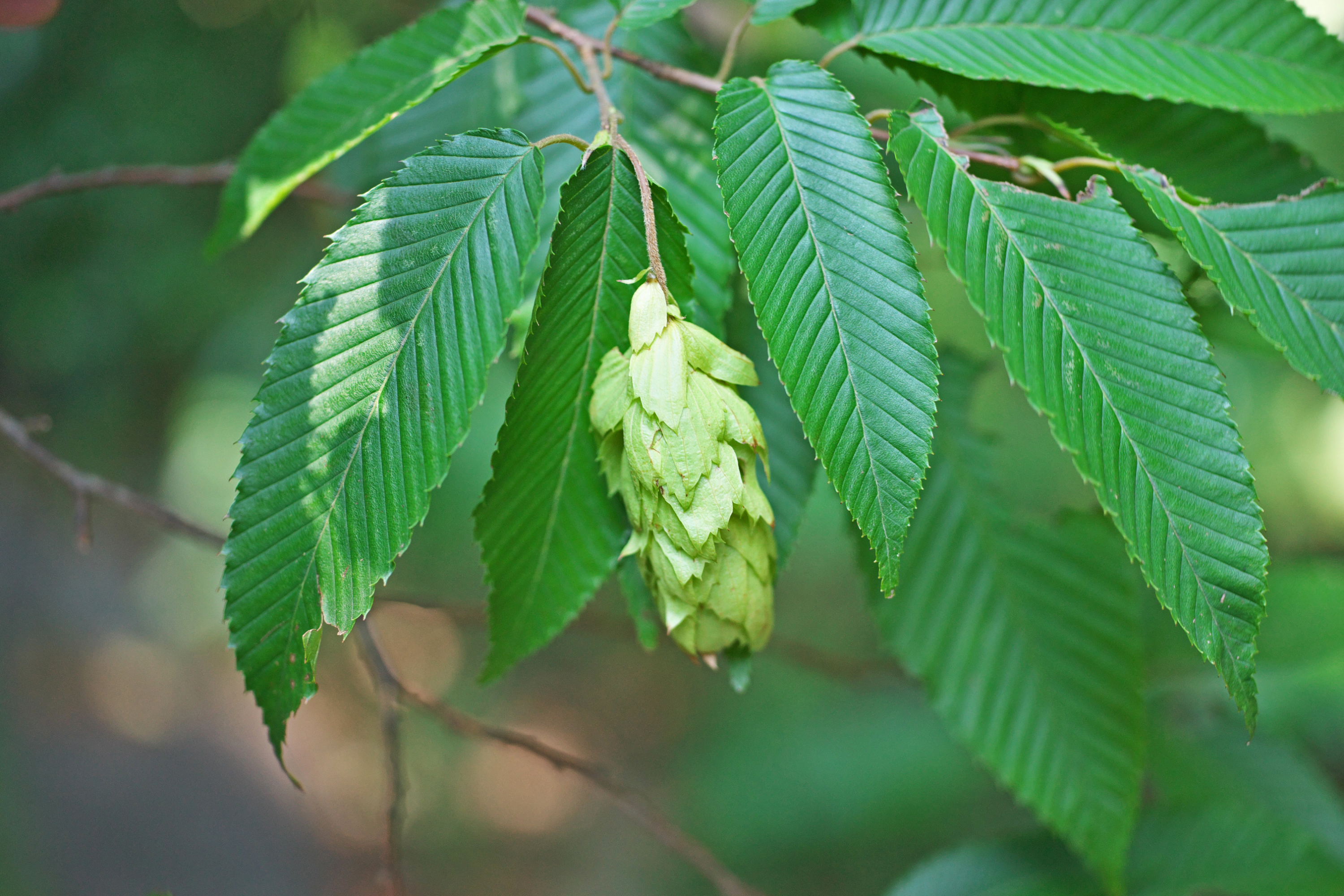Japanese Hornbeam
(Carpinus japonica)

Description
Carpinus japonica, the Japanese hornbeam, is a hornbeam endemic to Japan but cultivated elsewhere as an ornamental. It is a deciduous tree growing to 12–15 metres (39–49 ft) tall with leaves that are longer and darker than the European hornbeam (Carpinus betulus). The leaves are dark, glossy and slender, with 20-24 pairs of parallel sunken veins; every third tooth is whisker-tipped. The prominent catkins are green turning to brown. This tree has gained the Royal Horticultural Society's Award of Garden Merit. Hornbeams are hardwood trees in the flowering plant genus Carpinus in the birch family Betulaceae. The 30–40 species occur across much of the temperate regions of the Northern Hemisphere. The common English name hornbeam derives from the hardness of the woods (likened to horn) and the Old English beam "tree" (cognate with Dutch ‘’Boom’’ and German Baum). The American hornbeam is also occasionally known as blue-beech, ironwood, or musclewood, the first from the resemblance of the bark to that of the American beech Fagus grandifolia, the other two from the hardness of the wood and the muscled appearance of the trunk and limbs. The botanic name for the genus, Carpinus, is the original Latin name for the European species.
Taxonomic tree:







